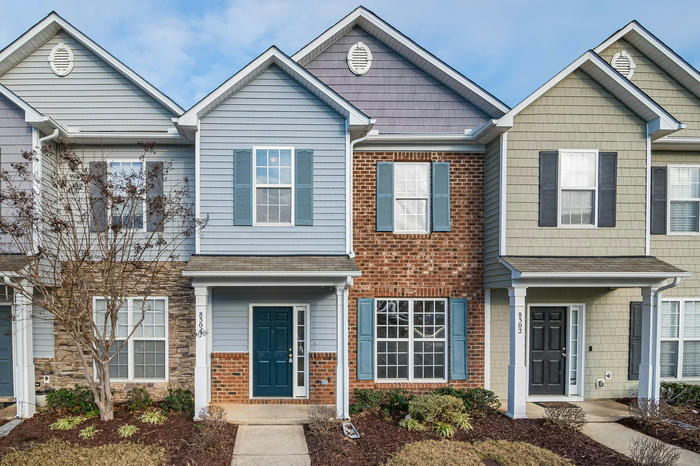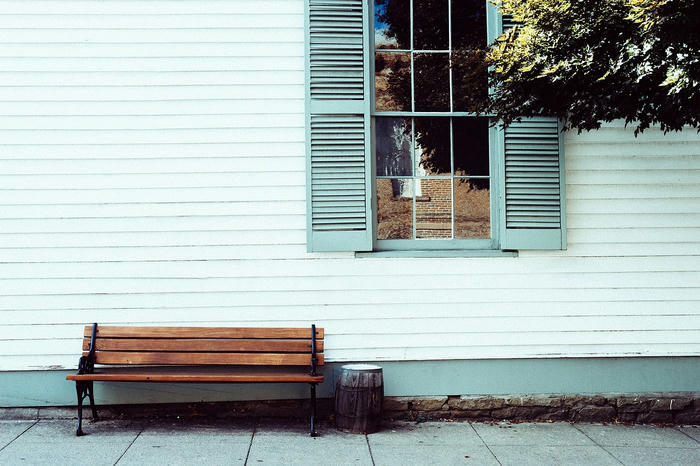Transform Your Home’s Exterior: The Ultimate Guide to Modern Siding Solutions
Your home’s siding is more than just a protective shell—it’s a statement of style, durability, and efficiency. With extreme weather patterns intensifying and energy costs rising, homeowners are prioritizing siding upgrades that deliver long-term value. But navigating the world of materials, contractors, and installation processes can feel overwhelming. Let’s break down everything you need to know to make confident decisions about your next siding project.
Why Modern Siding is a Non-Negotiable Upgrade

The right siding doesn’t just beautify your home—it fortifies it. Consider this: Homes with fiber cement or engineered wood siding experience 25% fewer insurance claims related to weather damage compared to those with outdated materials. Vinyl siding, while budget-friendly, now comes in fade-resistant options that retain 90% of their color after a decade. Beyond aesthetics, advanced insulation properties in materials like insulated vinyl can reduce heating and cooling bills by up to 18%, according to industry studies. For example, a homeowner in Austin, Texas, reported saving $420 annually after switching to James Hardie’s fiber cement siding, which reflects heat and minimizes thermal transfer.
The urgency to act is real. Delaying replacements on warped or cracked siding can lead to structural rot, which costs an average of $7,500 to remediate. If your siding shows signs of moisture intrusion or requires frequent repainting, it’s not just an eyesore—it’s a financial liability.
2025’s Top Materials: Where Style Meets Resilience
Today’s siding market offers solutions tailored to every climate and design preference:
Fiber Cement Dominance: James Hardie’s ColorPlus® Technology has revolutionized this category, offering a 30-year warranty against chipping and cracking. Its resistance to hurricanes makes it a top choice in Florida and Gulf Coast states.
Engineered Wood’s Rise: Brands like LP SmartSide now mimic cedar shakes with 95% accuracy but resist termites and moisture. Perfect for Pacific Northwest homes battling relentless rain.
Vinyl’s High-Performance Makeover: Thicker, insulated vinyl panels (0.55”+) are solving the “hollow” sound issue while withstanding 110 mph winds—critical for Tornado Alley states.
Metal Siding’s Comeback: Aluminum isn’t just for mobile homes anymore. Powder-coated steel siding in matte black or charcoal is trending in urban areas like Denver and Minneapolis, offering industrial chic with no rust risk.
Coastal homeowners in Charleston, South Carolina, are increasingly blending materials—using fiber cement on lower levels prone to flooding and accenting upper floors with vinyl shakes that require minimal upkeep.

Avoid Contractor Nightmares: A 5-Step Vetting Process
Hiring the wrong installer can turn a $15,000 project into a $30,000 disaster. Protect yourself with this checklist:
1.Triple-Verify Credentials: Missouri-based Tesson Roofing & Exteriors, for instance, holds 12 manufacturer certifications, including exclusive James Hardie installer status. Always check BBB ratings—Universal Windows Direct of Louisville maintains an A+ score through 950+ flawless projects.
2.Demand On-Site Inspections: Reputable contractors like Crown Roofing and Exteriors use thermal imaging to detect hidden moisture during consultations, preventing post-installation surprises.
3.Decode Warranties: LP SmartSide’s 50-year limited warranty covers both labor and materials if installed by their certified pros—a key differentiator.
4.Scrutinize Financing Terms: Lowe’s affiliated installers offer 24-month 0% APR options, but always compare rates. One Indianapolis family saved $2,300 by securing a credit union home improvement loan instead.
5.Request Timeline Guarantees: Weather delays happen, but top contractors like those in Lowe’s network provide written commitments to avoid endless rescheduling.
The Seamless Installation Blueprint: What Pros Do Differently
Premium installers follow a meticulous 12-point process that DIYers often overlook:
1.Substrate Prep: Removing old siding isn’t enough—rotted sheathing gets replaced (found in 40% of pre-2000 homes).
2.Flashing Mastery: Stainless steel kick-out flashing diverts 98% of water away from windows and rooflines.
3.Breathable Barriers: Tyvek HomeWrap® gets installed in shingle fashion, reducing air infiltration by 60%.
4.Expansion Gaps: Seasoned pros leave 1/8” gaps between panels—critical in temperature-swings cities like Chicago.
5.Trim Perfection: PVC trim boards around doors/windows prevent future rot better than painted wood.
A case study: After a botched DIY job warped their new vinyl siding, a Phoenix couple hired LP SmartSide-certified contractors. The crew corrected improper nailing (overdriven fasteners cause buckling), added radiant barrier underlayment, and completed the project in 6 days—half the time of their initial attempt.
Act Now: How to Lock in 2025’s Best Rates and Innovations
Material costs are projected to rise 6% post-summer due to resin shortages and tariffs. Savvy homeowners are booking consultations now to secure pre-increase pricing—Lowe’s reports a 35% surge in spring siding inquiries as clients rush to beat the hike.
Here’s your action plan:
1.Get a Digital Assessment: Many top contractors now use EagleView aerial measurements, providing quotes within 48 hours.
2.Stack Savings: Combine manufacturer rebates (e.g., $1,000 off James Hardie through June) with federal energy tax credits for insulated siding.
3.Schedule Smart: Installers in snowbelt states like Michigan offer 10% discounts for late summer bookings—their slow season.
Don’t let indecision cost you. Whether it’s fortifying your lakeside cabin with storm-proof panels or giving your suburban colonial a farmhouse facelift with board-and-batten cement siding, the tools for success are here. Take the first step—request your consultation today and transform your home’s future in one season.
